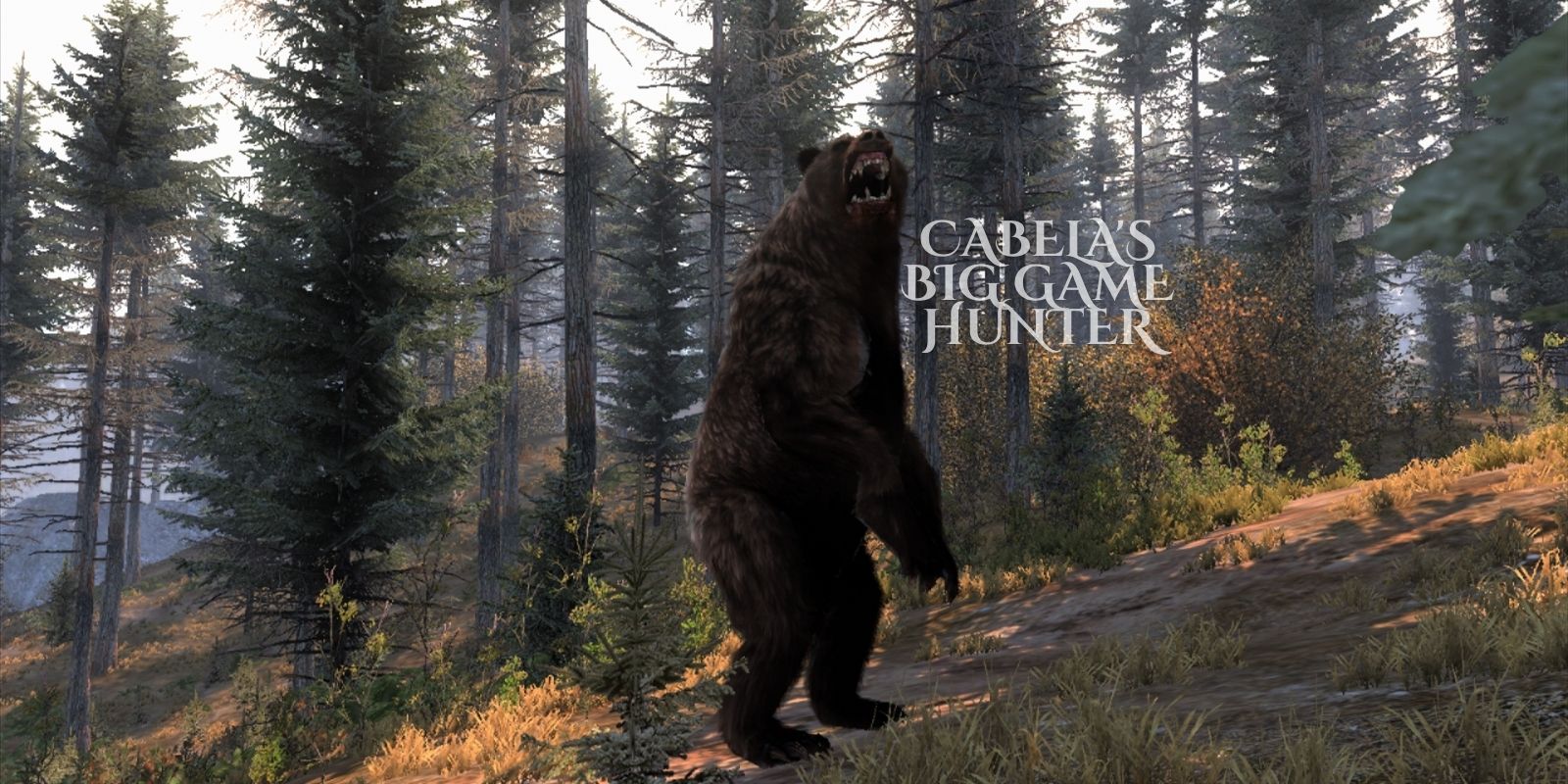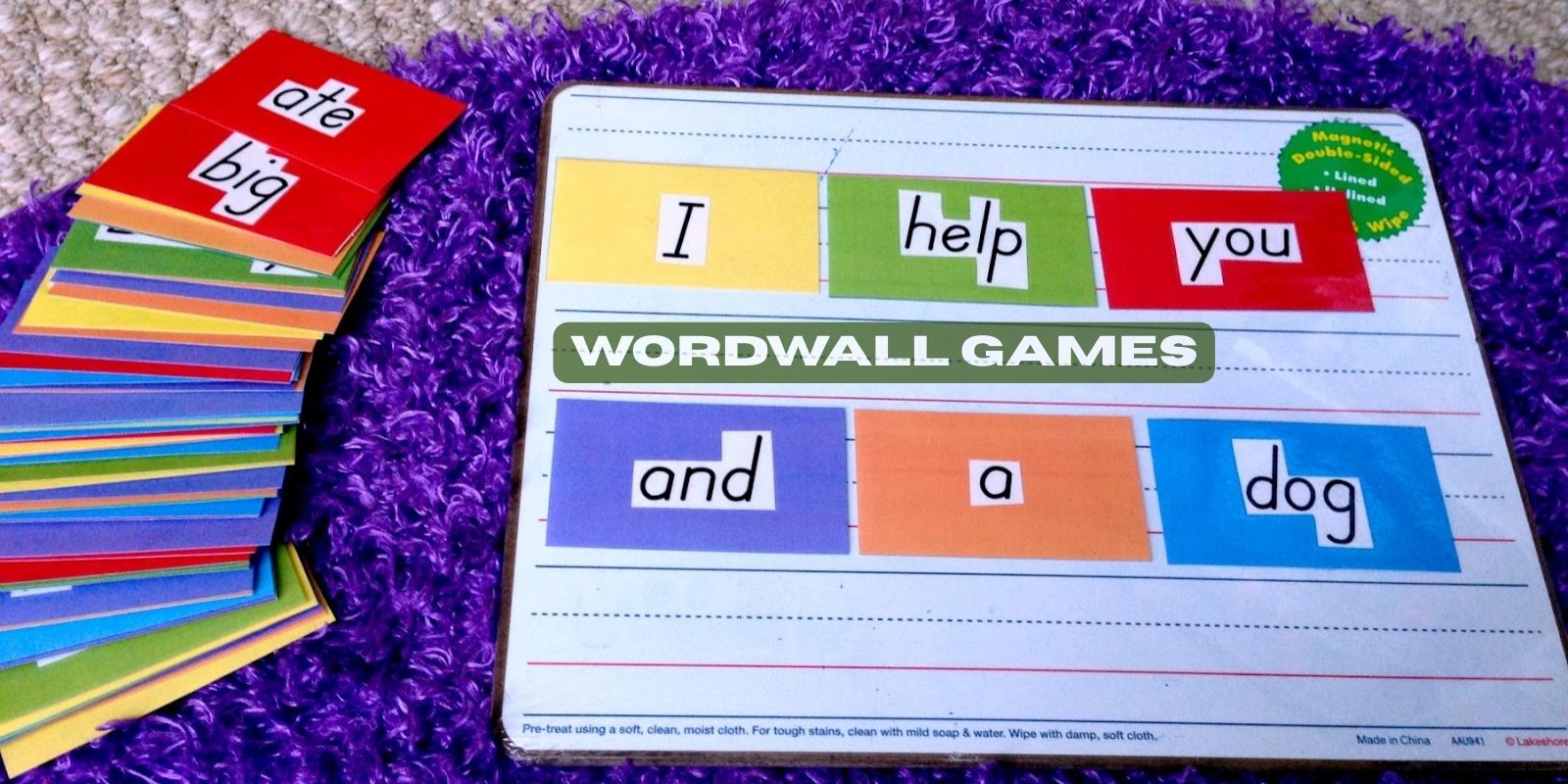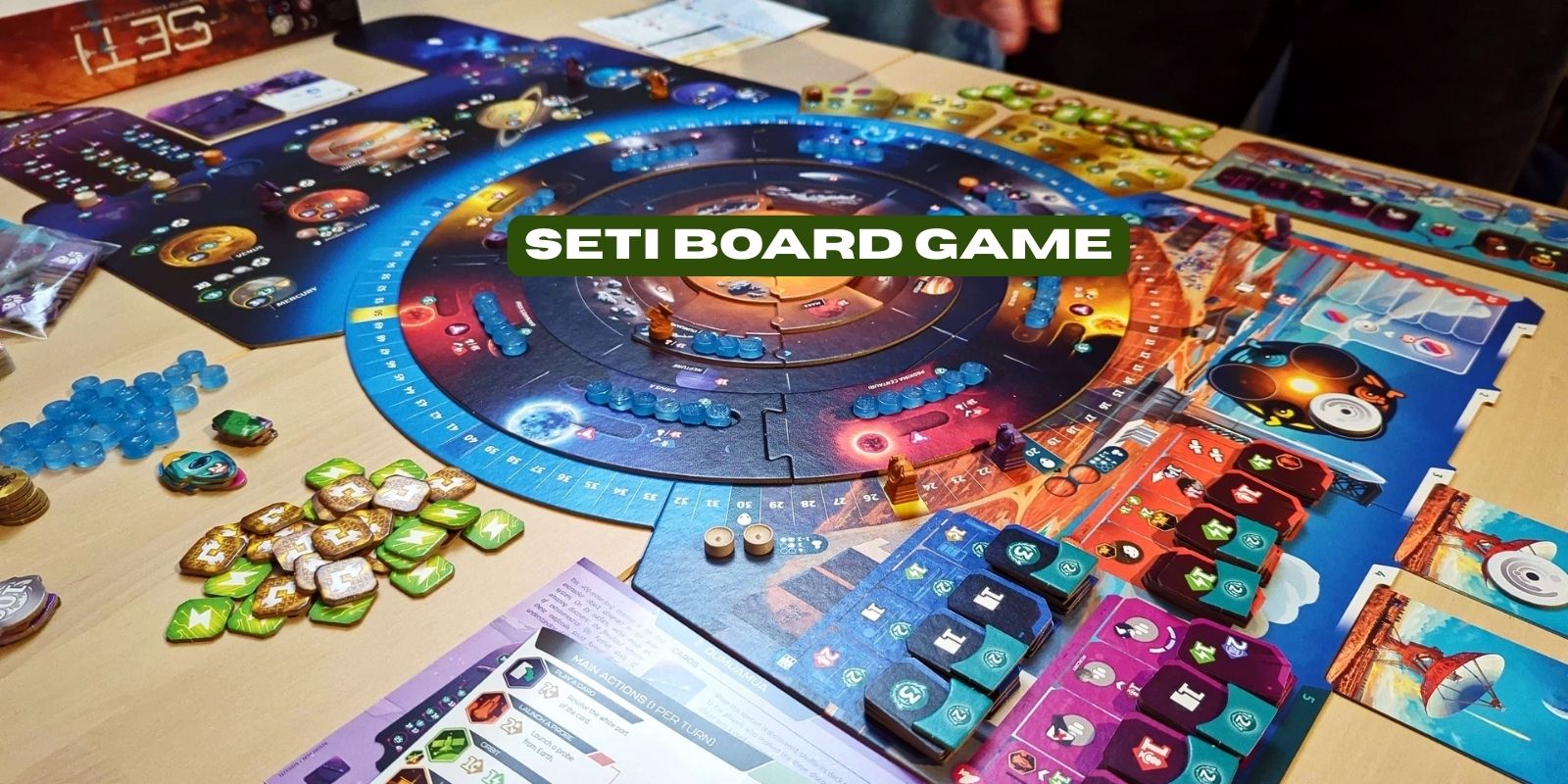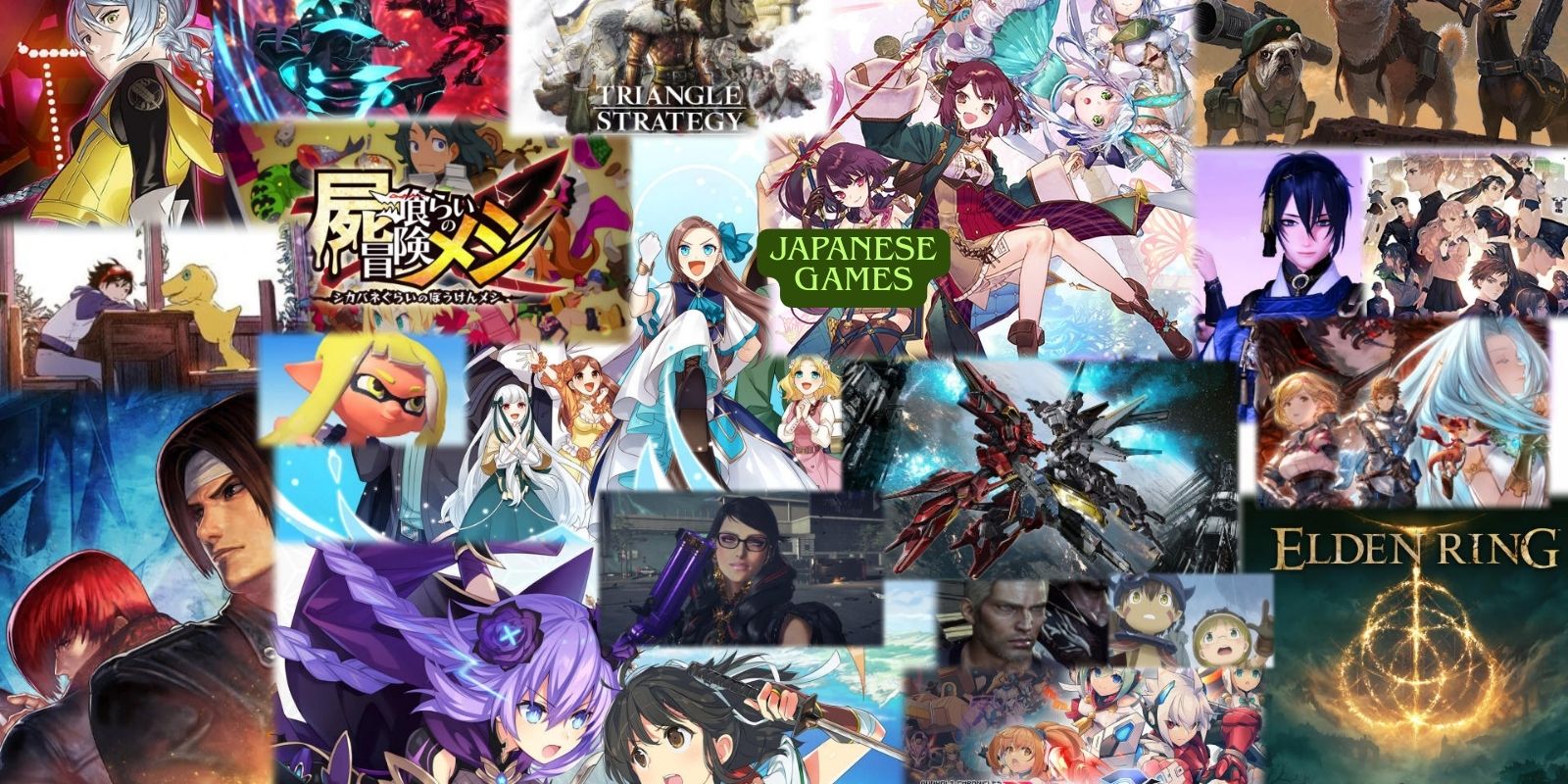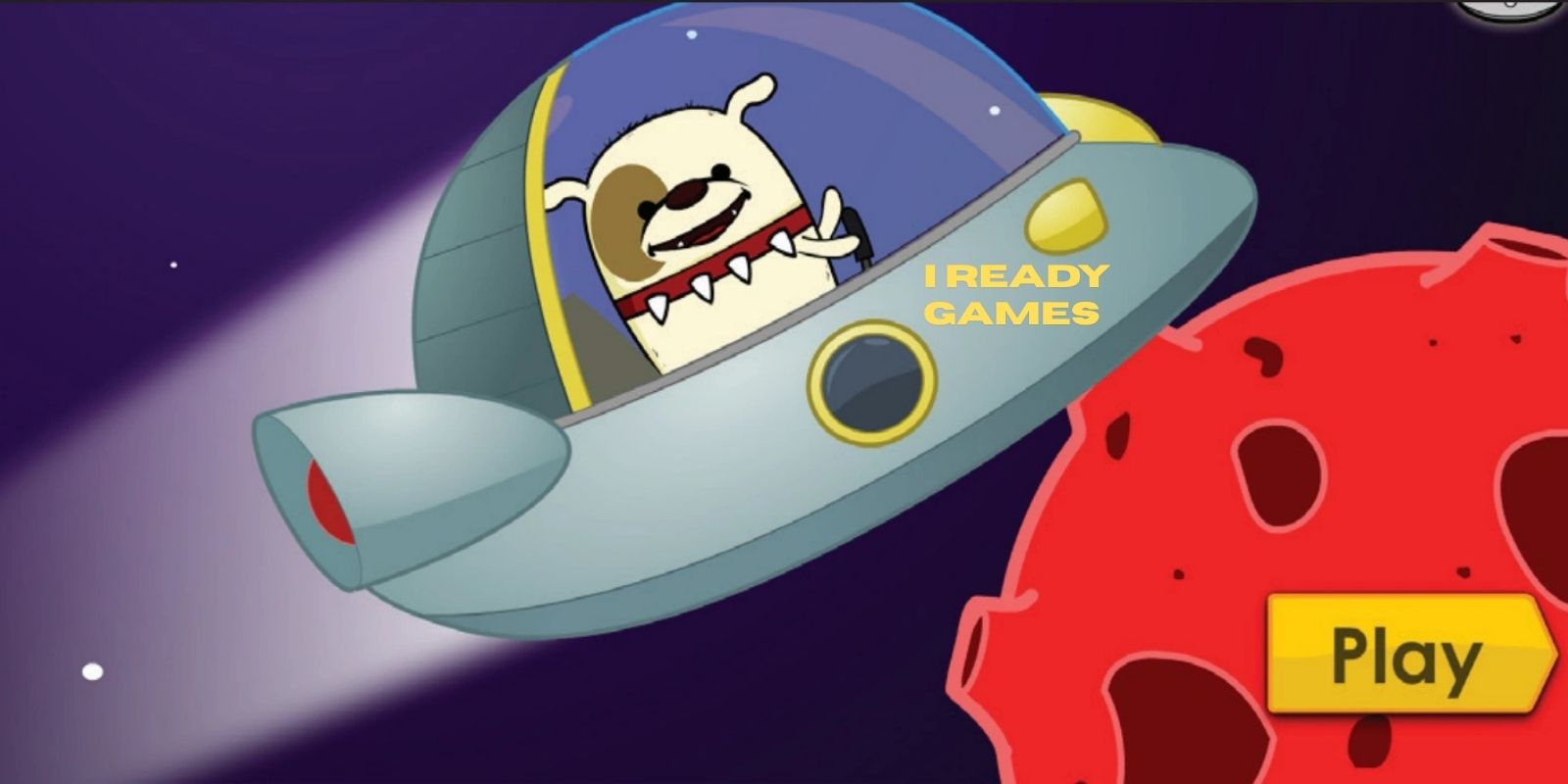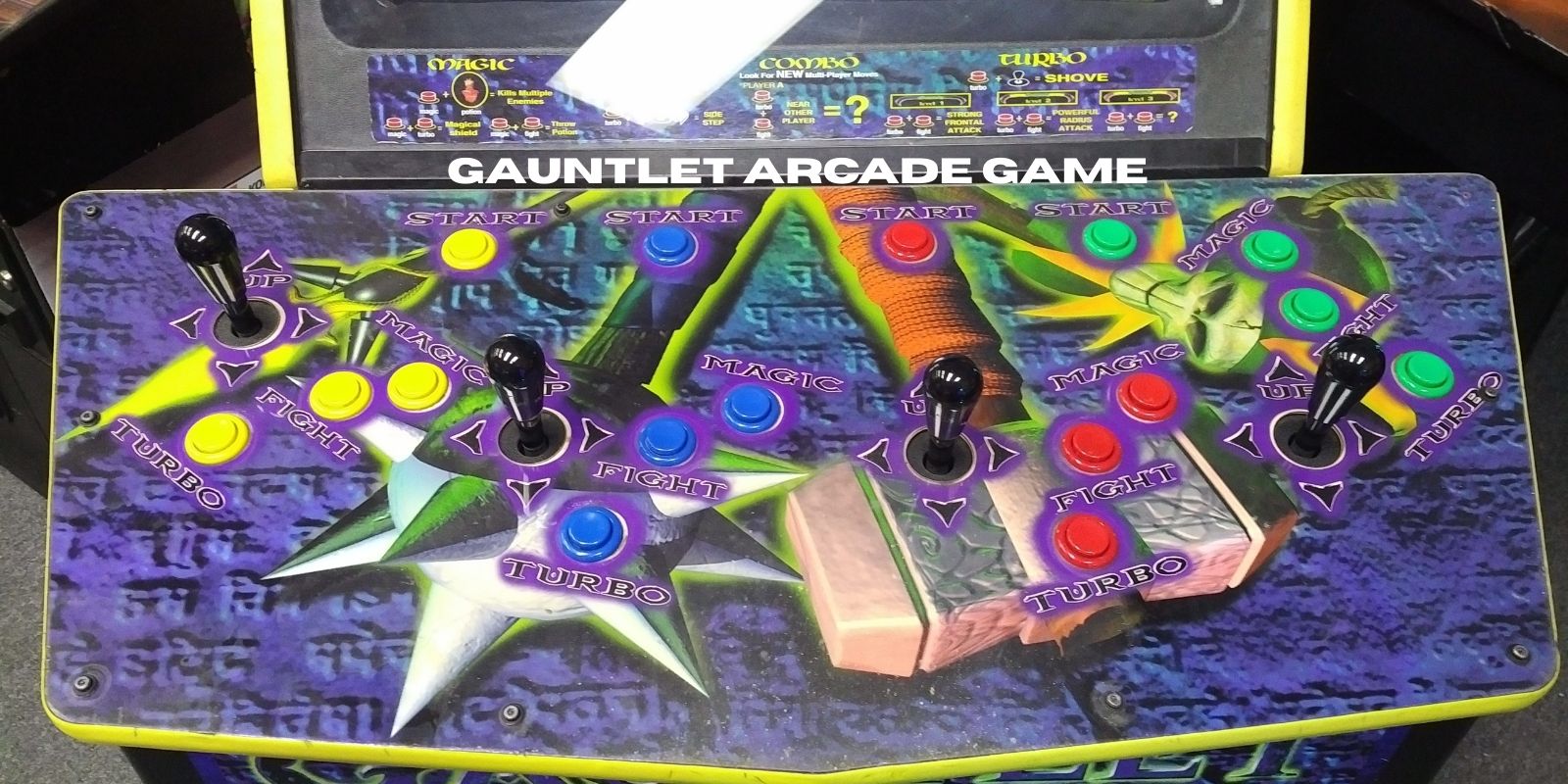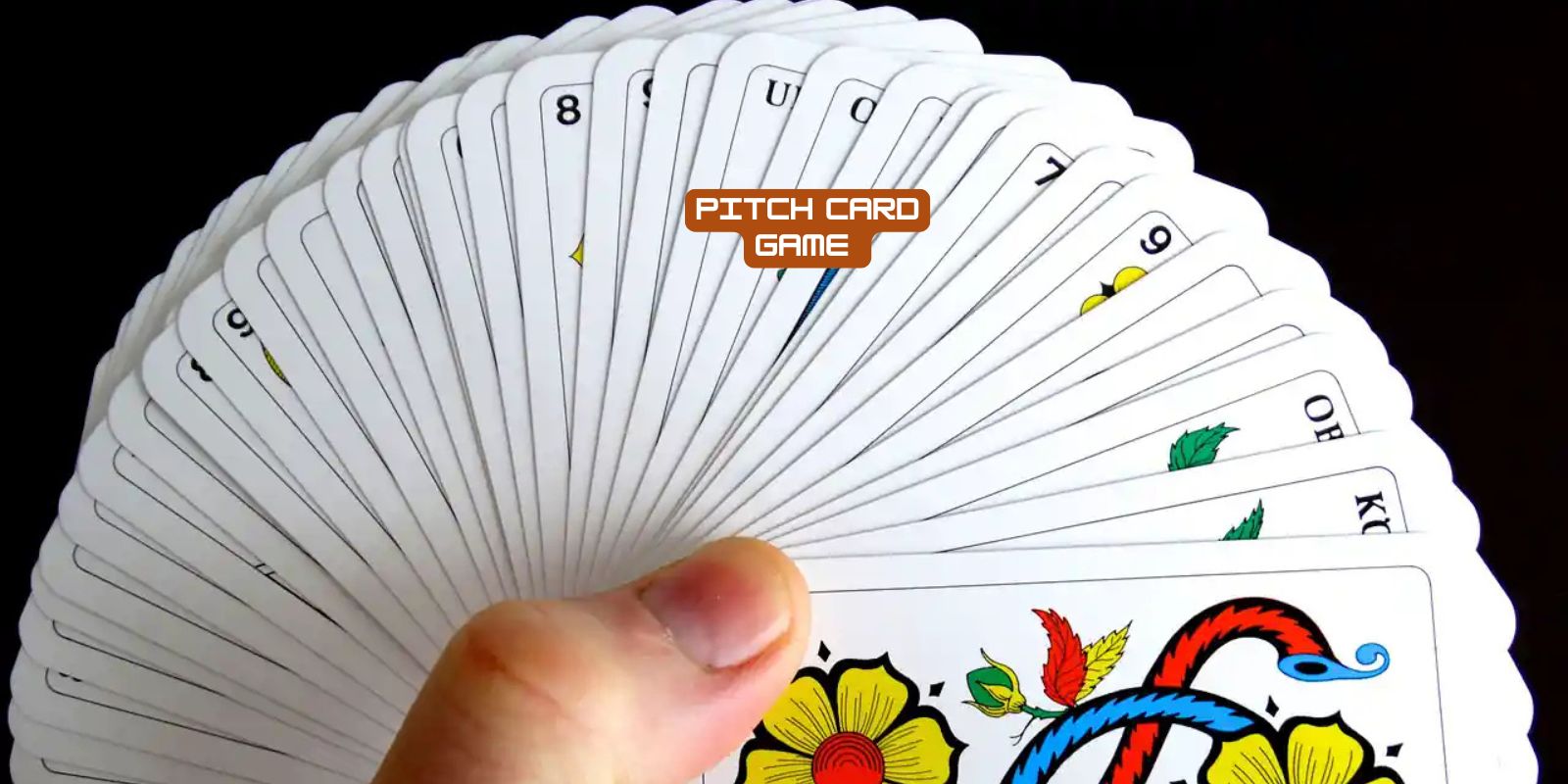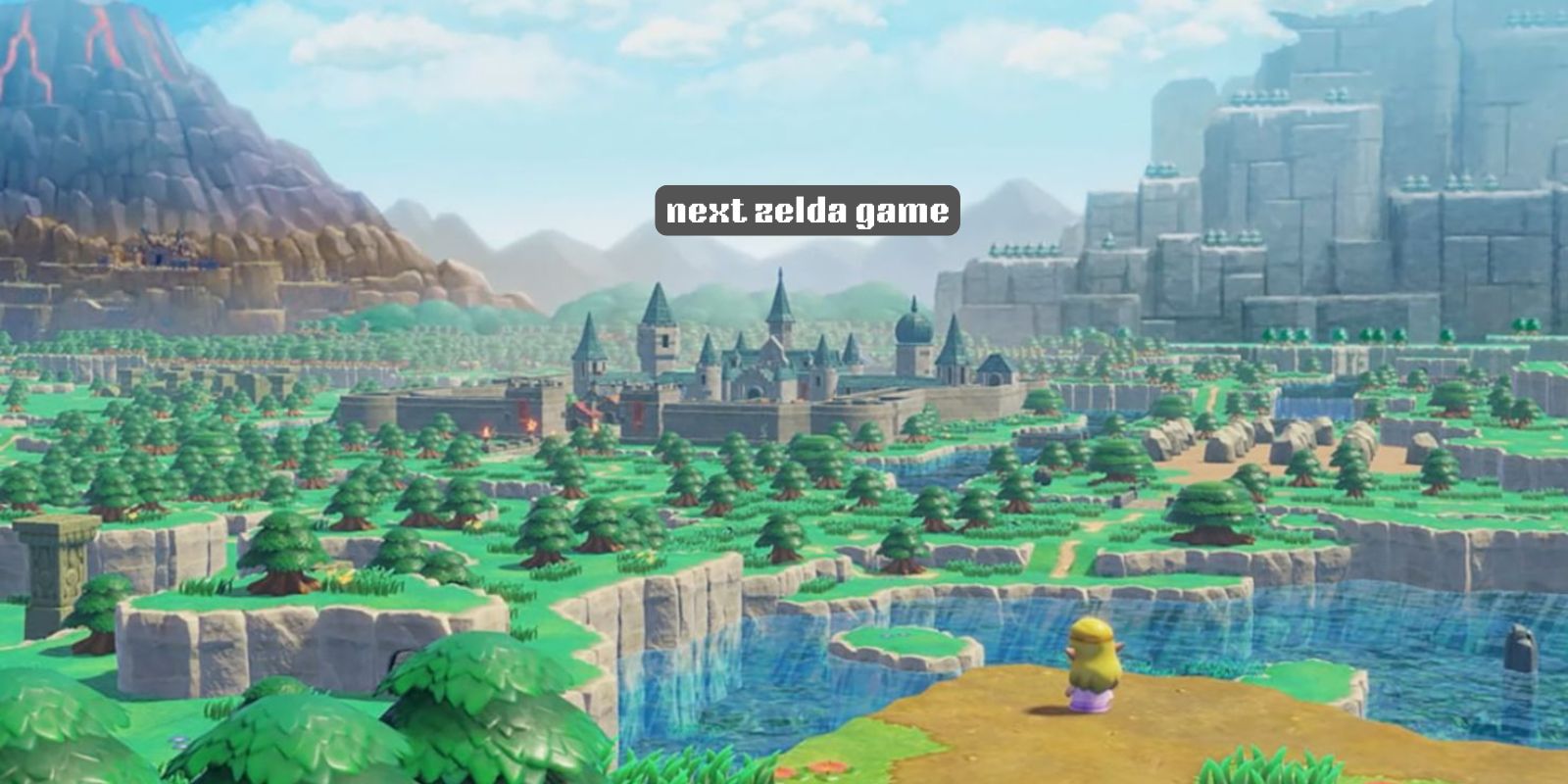For over two decades, Cabela’s Big Game Hunter has been the definitive franchise for hunting simulation enthusiasts. This iconic series, bearing the name of the legendary outdoor outfitter, transports players into meticulously crafted wild environments to track and harvest the world’s most majestic animals. Combining authentic ballistics, animal behavior patterns, and breathtaking scenery, it delivers a deeply immersive experience that balances challenge with respect for the sport.
How Cabela’s Big Game Hunter Works: Realism in the Crosshairs
At its core, Cabela’s Big Game Hunter emphasizes authenticity. Players utilize an arsenal of licensed firearms, bows, and gear from real-world manufacturers. Success hinges on mastering skills like:
- Wind & Scent Management: Animals flee if they catch your scent or hear sudden movements.
- Shot Placement: Ethical, one-shot kills are rewarded; wounded prey requires tracking via blood trails.
- Animal Behavior: Species react uniquely – deer are skittish, bears can charge, and predators stalk.
- Environmental Awareness: Using cover, elevation, and natural features is crucial for a stealthy approach.
Missions span global locations—from Alaskan tundras to African savannas—tasking hunters with specific objectives like taking down a trophy buck or thinning invasive species populations.
Downloading and Accessing Cabela’s Big Game Hunter:
Finding Cabela’s Big Game Hunter depends on your platform:
- PC: Available via digital retailers like Steam or the Epic Games Store. Search “Cabela’s Big Game Hunter” for specific titles (e.g., Cabela’s Big Game Hunter: Pro Hunts).
- Consoles: Check the PlayStation Store (PS4/PS5), Microsoft Store (Xbox One/Series X|S), or Nintendo eShop (Switch). Legacy titles might require physical discs for older consoles.
- Mobile: Some entries exist on iOS/Android app stores, though the mainline simulations are typically PC/console-focused.
Always verify system requirements for PC versions to ensure smooth performance.
Cabela’s Big Game Hunter Pro Hunts:
The Cabela’s Big Game Hunter Pro Hunts expansion (or standalone title in some iterations) elevates the experience with professional guidance. It features real-world hunting celebrities like Jim Shockey or Tiffany Lakosky, who provide mission briefings, strategies, and insights based on actual expeditions. This content focuses on specific, high-stakes trophy hunts with enhanced realism.
How to Get Cabela’s Big Game Hunter Pro Hunts:
- Integrated Content: In some games (e.g., Cabela’s Big Game Hunter: Pro Hunts on PS3/Xbox 360), “Pro Hunts” is the core game. Purchase the title directly.
- DLC/Expansion Packs: For other entries like Cabela’s Dangerous Hunts 2013, Cabela’s Big Game Hunter Pro Hunts may be a downloadable add-on. Check the platform’s store page for the base game for available DLC.
- Digital Bundles: Look for “Complete Editions” or “Gold Bundles” that include the base game and Pro Hunts content together.
The Enduring Appeal of the Hunt
Cabela’s Big Game Hunter endures by capturing the tension, skill, and reverence of hunting. Its focus on realism, diverse ecosystems, and the thrill of the stalk offers a unique niche in gaming. Whether you’re mastering wind drift for a long-range elk shot or navigating dense brush to outwit a cunning predator, the hunt is always compelling. For those seeking the pinnacle challenge, pursuing the Cabela’s Big Game Hunter Pro Hunts delivers an expert-curated test of virtual outdoorsmanship.
FAQs:
- Q: What platforms is Cabela’s Big Game Hunter available on?
A: The franchise spans PC (Steam/Epic), PlayStation (3, 4, 5, Vita), Xbox (360, One, Series X|S), Nintendo (Wii, Switch), and some mobile devices. Availability varies by specific title. - Q: How to get Cabela’s Big Game Hunter Pro Hunts content?
A: It depends on the game. It can be a standalone title (e.g., Pro Hunts on PS3/X360), a DLC pack for base games (check digital stores), or part of a bundled edition. Research your specific title’s store page. - Q: Does the game emphasize ethical hunting practices?
A: Yes. Clean, quick kills are rewarded. Wounding animals penalizes your score and requires tracking. The game promotes concepts like species identification, respecting regulations, and fair chase.
Ready to answer the call of the wild? Explore hunting games and more at Playistan.com – your basecamp for adventure gaming!




